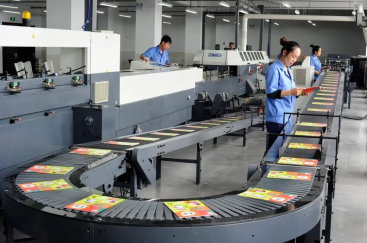In the realm of technology, reliability is paramount. Whether it’s a simple electronic device or a complex industrial system, the ability to function without failure is a critical factor. Two key metrics used to measure reliability are Mean Time Between Failures (MTBF) and Mean Time To Repair (MTTR).
MTBF: A Measure of Uptime
MTBF is a statistical measure that represents the average time between failures of a system. A higher MTBF indicates a more reliable system, as it suggests longer periods of uninterrupted operation. For instance, an industrial PC with a high MTBF is less likely to experience unexpected breakdowns, reducing downtime and increasing productivity.
MTTR: A Measure of Downtime
MTTR, on the other hand, quantifies the average time it takes to repair a failed system. A lower MTTR means quicker recovery from failures, minimizing the impact on operations. Effective maintenance strategies and readily available spare parts can significantly reduce MTTR.
The Relationship Between MTBF and MTTR
While MTBF and MTTR are distinct metrics, they are interconnected. A high MTBF and a low MTTR work synergistically to improve overall system reliability.
- High MTBF, Low MTTR: This ideal scenario indicates a system that rarely fails and can be quickly repaired when it does.
- Low MTBF, High MTTR: This scenario is problematic, as frequent failures coupled with lengthy repair times can significantly impact system availability.
How to Improve MTBF and MTTR
Several strategies can be employed to improve both MTBF and MTTR:
- Preventive Maintenance: Regular maintenance and inspections can identify and address potential issues before they lead to failures.
- Redundancy: Implementing redundant components and systems can minimize the impact of failures.
- Quality Control: Rigorous quality control measures during manufacturing and assembly can reduce the likelihood of defects.
- Efficient Repair Procedures: Well-defined repair procedures and readily available spare parts can expedite the repair process.
- Remote Monitoring and Diagnostics: Remote monitoring tools can detect potential issues early on, enabling proactive maintenance.
Real-World Applications of MTBF and MTTR
- Industrial Automation: In industrial settings, high MTBF and low MTTR are crucial to maintain production efficiency and minimize downtime.
- Data Centers: Data centers rely on high-availability systems, and MTBF and MTTR are key metrics for ensuring uninterrupted service.
- Telecommunications: Network operators strive to minimize service disruptions, making MTBF and MTTR essential considerations.
FAQs
Q: How can I calculate MTBF and MTTR?
A: MTBF and MTTR can be calculated based on historical failure data. By tracking the time between failures and the time taken to repair them, you can estimate these metrics.
Q: What is a good MTBF?
A: A good MTBF depends on the specific application and industry standards. Generally, a higher MTBF indicates a more reliable system.
Q: How can I improve MTTR in my organization?
A: To improve MTTR, focus on efficient repair procedures, well-trained technicians, and readily available spare parts. Additionally, consider implementing remote diagnostics and predictive maintenance techniques.
Conclusion
MTBF and MTTR are essential metrics for assessing system reliability. By understanding these concepts and implementing effective strategies to improve both, organizations can minimize downtime, reduce costs, and enhance overall system performance. Whether it’s an industrial PC, a data center, or a telecommunications network, the pursuit of high MTBF and low MTTR remains a constant goal.




